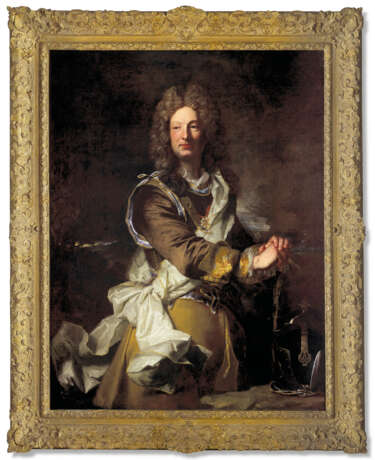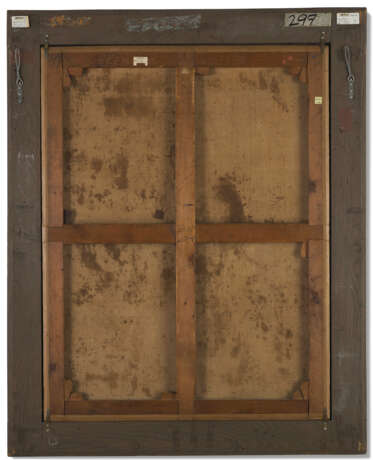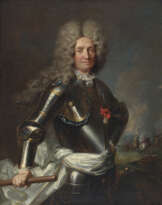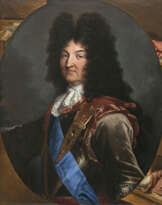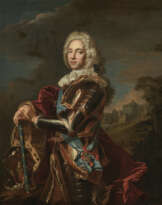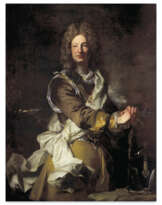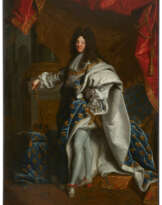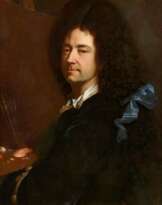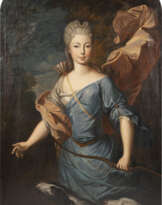ID 761403
Lot 203 | HYACINTHE RIGAUD (PERPIGNAN 1659-1743 PARIS) ET CHARLES SEVIN DE LA PENAYE (FONTAINEBLEAU 1685-1740 PARIS)
Estimate value
€ 60 000 – 100 000
| Artist: | Hyacinthe Rigaud (1659 - 1743) |
|---|---|
| Applied technique: | Oil on canvas |
| Genre: | Portrait |
| Place of origin: | Western Europe, France, Europe |
| Auction house category: | Paintings |
| Artist: | Hyacinthe Rigaud (1659 - 1743) |
|---|---|
| Applied technique: | Oil on canvas |
| Genre: | Portrait |
| Place of origin: | Western Europe, France, Europe |
| Auction house category: | Paintings |
| Address of auction |
CHRISTIE'S 9 Avenue Matignon 75008 Paris France | ||||||||||||||
|---|---|---|---|---|---|---|---|---|---|---|---|---|---|---|---|
| Preview |
| ||||||||||||||
| Phone | +33 (0)1 40 76 85 85 | ||||||||||||||
| Fax | +33 (0)1 40 76 85 86 | ||||||||||||||
| Conditions of purchase | Conditions of purchase | ||||||||||||||
| Shipping |
Postal service Courier service pickup by yourself | ||||||||||||||
| Payment methods |
Wire Transfer | ||||||||||||||
| Business hours | Business hours
|

